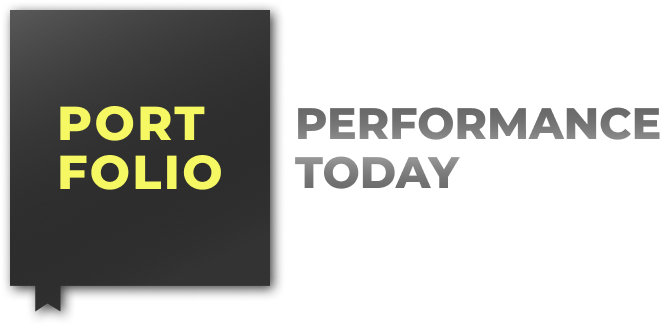As I write this, a mother somewhere in Detroit just swiped her EBT card at a grocery store, trying to buy food for her children. She was denied, forcing her to leave the food at the cashier as her kids looked on, hungry and wondering why they’re not able to carry the food out of the store tonight. She and 42 million other Americans are facing this dilemma because Congress hasn’t passed a budget. While politicians point fingers at one another, families are starting to wonder how they’ll put food on the table. Despite all the doomsayers, something amazing is happening that offers lessons for countries around the world: people are solving the problem without the federal government.
Several states announced that they would dip into their budgets to partially fund food assistance programs. But more tellingly are the local and private responses to this. H-E-B, a Texas-based grocery store, pledged $5 million to Texas food banks and $1 million for Meals on Wheels. DoorDash announced that it would deliver one million free meals and that they were going to waive delivery and service fees for 300,000 grocery orders. Communities, churches, and local charities, not to mention small businesses across the country are collecting increased donations and filling the gap left behind by Congress. All of this without federal authorization, oversight, or influence.
This isn’t the first time people in local communities have stepped up in this way. In 2023, when Congress ended pandemic-era SNAP allotments, several pundits cried disaster. Food banks across the nation reported “increased demand” in the months following the cuts. And while there were some initial challenges, the American people once again rose to the occasion. Private charities donated some 5.3 billion meals that year, in exactly the same way that Americans are doing right now. The Archdiocese of St. Louis mobilized over 100 parishes within 48 hours. No hearings required.
This raises an interesting question: if communities and people can do something, why are we charging the federal government with doing it, and what net effect has the federal government’s involvement had?
Whenever governments get involved in distributing benefits, it creates concentrated benefits for some and dispersed costs for taxpayers. With food assistance programs, there are two groups of beneficiaries. The most obvious beneficiary is the people who receive food assistance. But the less obvious beneficiary is none other than the well-connected members of the food industry.
As it turns out, there is a tremendous scope for cronyism in determining eligibility, benefit amounts, and purchase restrictions. Using the US’s food assistance program as our example, consider the fact that you can buy cold chicken, but not hot, ready-to-eat chicken. Kellogg’s Corn Flakes? Those are fine. Store-brand corn flakes made with the same ingredients? Maybe not. Nutrition science doesn’t explain this. Lobbying does.
As another example, WIC, a federal program designed to further assist Women, Infants, and Children, leaves it to states to determine which products are eligible. Michigan lists 9,890 items, down to brand and package sizes. You can buy two-percent milk, but only if it’s from certain brands and only one quart at a time. Want a gallon of milk instead to save yourself (and the taxpayer) money? Sorry, Lansing bureaucrats know better.
Imagine the lobbying effort that went into securing a product’s placement on this list and similar lists in the other 49 states. Then realize that there are multiple levels of bureaucracy that must be navigated before a tax dollar reaches the recipients of these programs, all of which are staffed by people who do not work for free. The efficiency gains alone of cutting out the government are simply staggering.
According to some estimates, food pantries provide one meal for every nine that SNAP and other food assistance programs provide. But when these programs fail, those pantries, thanks to community involvement, almost instantly scale up, despite cries from the commentariat that “philanthropy can’t fill the gap.” Critics will argue that charity cannot replace the $8 billion per month the US spends on SNAP alone. They’re right about the scale but wrong about the implications.
The irony here is that the same government, which claims the sole ability to prevent hunger, criminalizes feeding the homeless without permits in over 70 cities and requires food banks to navigate FDA regulations designed more for commercial enterprises. Philanthropy plus federalism plus free markets equals results. Not perfect results, of course, but far more effective results done much more efficiently than Washington’s one-size-fits-none approach. This is because people know and understand their neighbors’ actual needs, not just their demographic categories.
The question isn’t whether we can feed hungry families without federal oversight. We’re doing it right now, and history shows this isn’t an isolated incident. The question is why we pretend that only Washington can solve problems that communities solved long before the Department of Agriculture existed.
